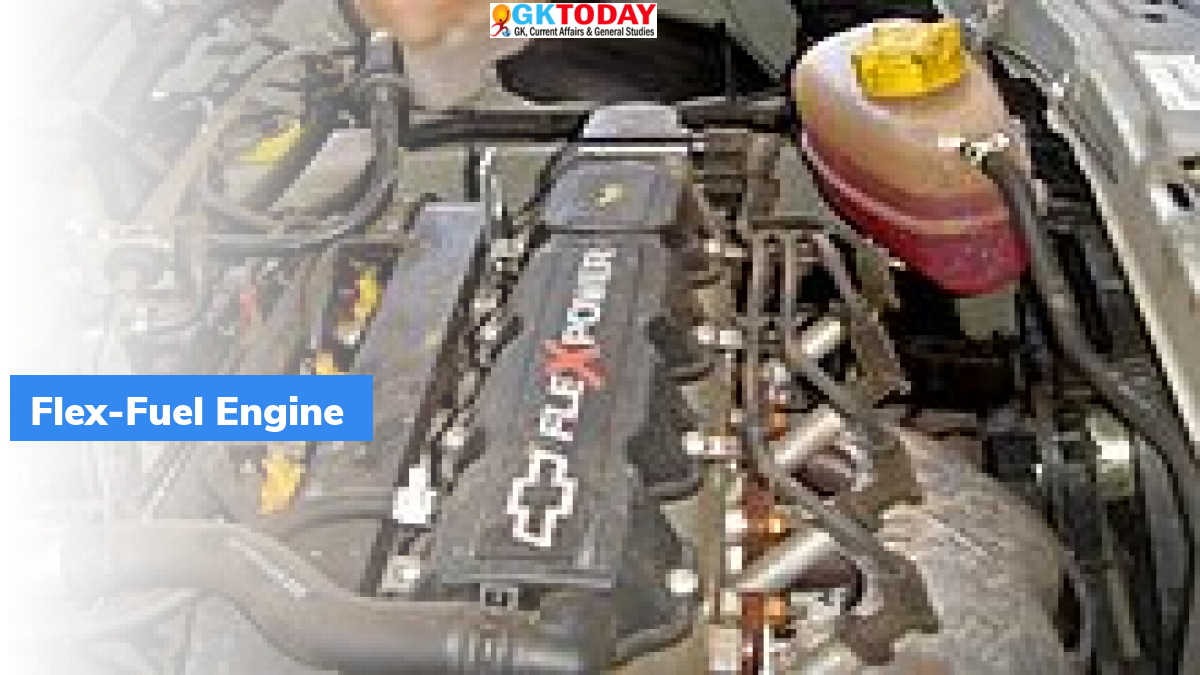Guidelines for Flex-Fuel Vehicles and Flex-Fuel Strong Hybrid EVs
Union Ministry of Road Transport and Highways issued guidelines for Flex-Fuel Vehicles and Flex-Fuel Strong Hybrid Electric Vehicles.
Key Points
- As per guidelines, the Automatic Manufacturers in India have been asked to start manufacturing Flex Fuel Vehicles (FFV) and Flex Fuel Strong Hybrid Electric Vehicles (FFV-SHEVs).
- This will help in substituting India’s import of petroleum as a fuel as well as provide direct benefits to farmers.
- Automobile Manufacturers have been advised to start manufacturing such vehicles in accordance with BS-6 Norms in a timely manner within six months.
Significance of the move
- Flex Fuel Vehicles have capability to run on a combination of 100 percent petrol or 100 percent bio-ethanol as well as their blend, in line with Government’s policy on promoting ethanol as a transport fuel.
- FFV-SHEVs are capable of running on strong Hybrid Electric technology.
- This move will thus reduce Greenhouse Gas emissions from vehicles, drastically and help India to comply with its commitment at COP26 to reduce carbon emissions by One Billion Tonnes by 2030.
Other steps by Government
- Union Government is also enabling the use of other alternate fuels in order to shift from fossil fuels.
- Government has introduced the “Production Linked Incentive (PLI) Scheme” that has included automobile, auto components and auto components of flex fuel engines, in order to accelerate the introduction of Flex Fuel vehicles.
- NITI Aayog has formulated road map for Ethanol blending for 2020-2025 period to acknowledge the strong foundation for Ethanol blending programme (EBP).
Flexible-fuel vehicle (FFV)
FFVs are also called as “dual-fuel vehicle” or a flex-fuel vehicle. These are an alternative fuel vehicle comprising of internal combustion engine that run on more than one fuel. The engine usually run-on gasoline blended with either ethanol or methanol fuel. Both of the fuels are stored in a common tank. These vehicles are different from the bi-fuel vehicles, wherein two fuels are stored in separate tanks and the engine runs on one fuel at a time.
Month: Current Affairs - December, 2021


